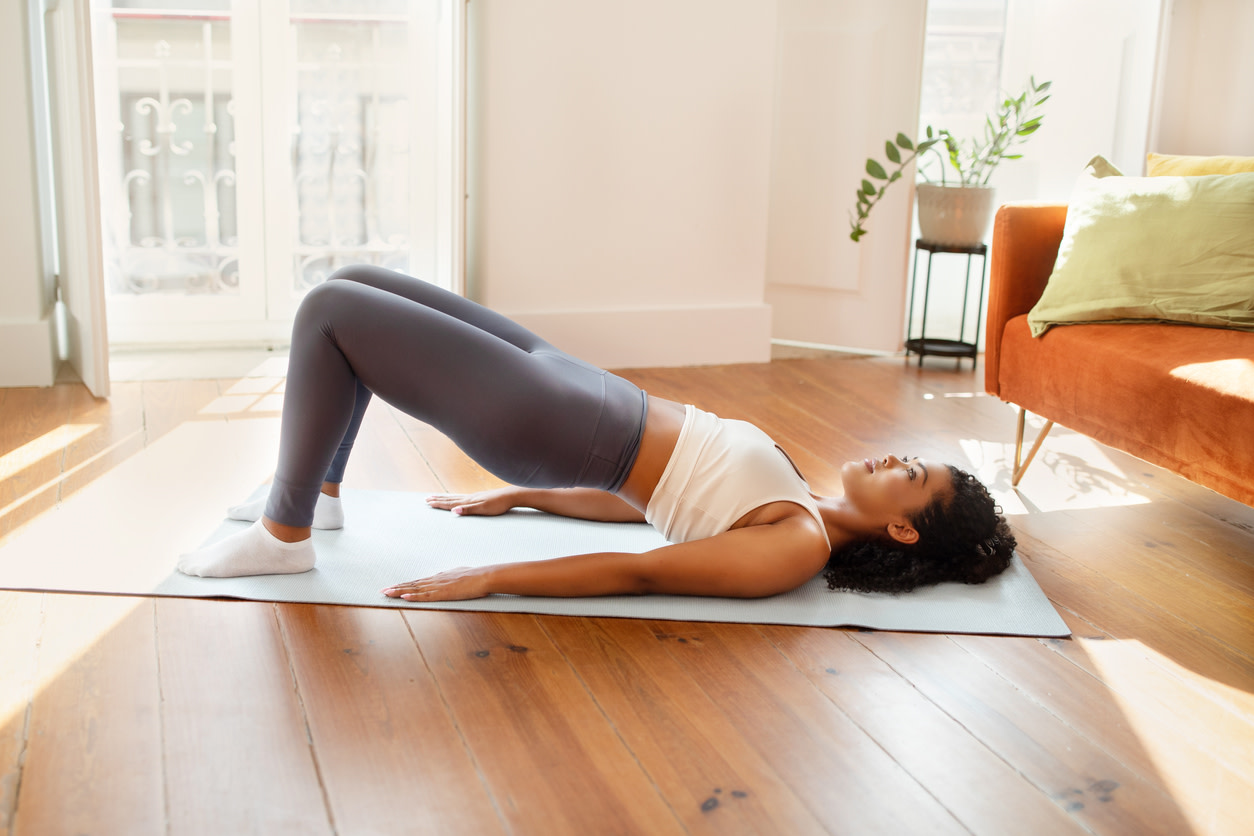7 Bodyweight Glute Exercises for Your Butt and Hips
Learn about the importance of bodyweight glute exercises and discover the moves recommended by physical therapists to strengthen your glutes and hips.
$0 cost to you
Published Date: Jan 28, 2025
Table of Contents
Fully covered hip pain relief
Find relief from hip pain, buttock pain, hip tendonitis, & more.
Check if I'm eligible